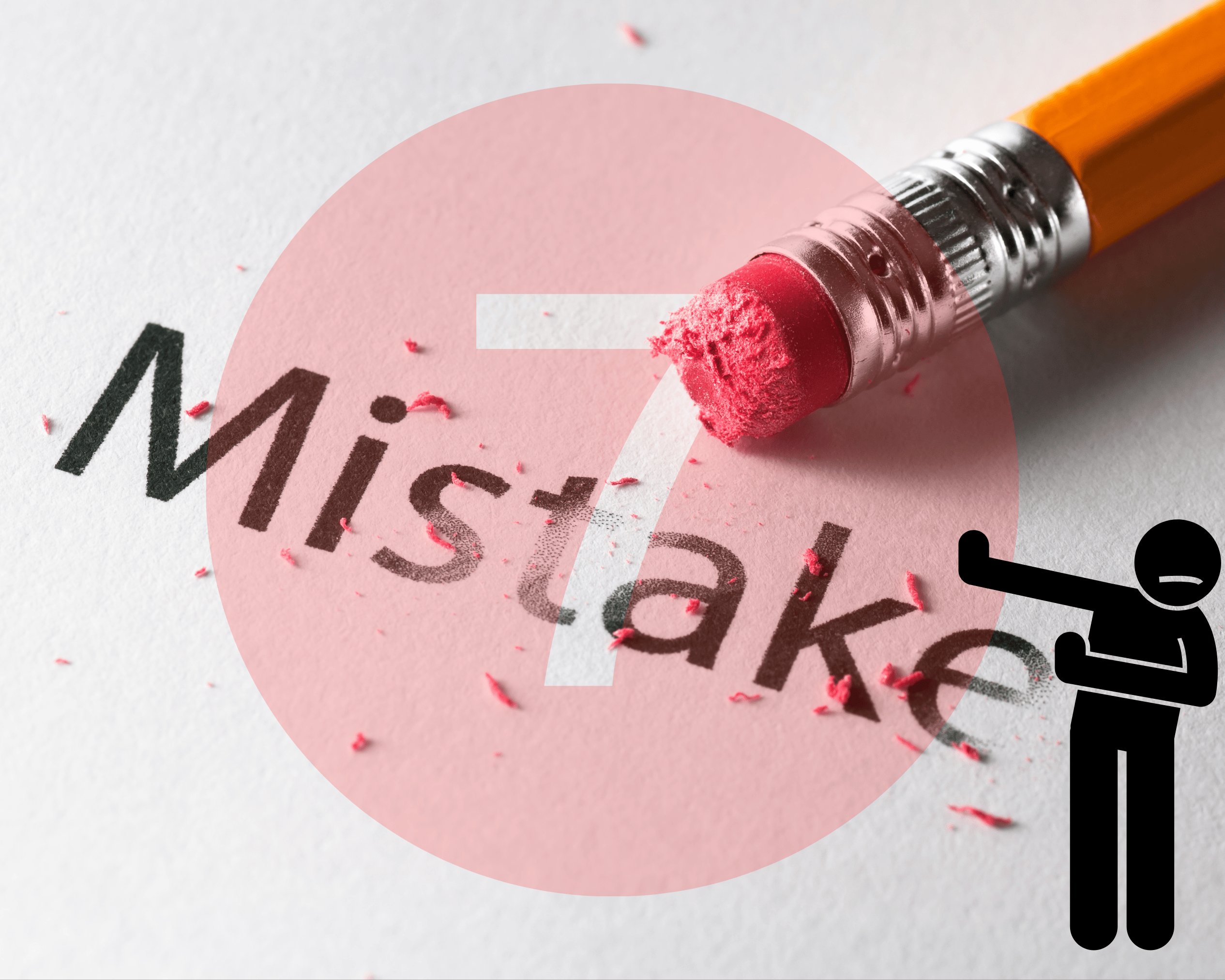Business valuation helps determine what a company is worth by analyzing its financials, assets, market position, and growth potential. Accurate valuations are critical for buyers to avoid overpaying and for lenders to assess risk when financing acquisitions. Three key methods are used:
- Asset-Based: Calculates net asset value by subtracting liabilities from assets. Best for asset-heavy businesses or liquidation scenarios.
- Income-Based: Focuses on projected cash flows and profitability, often used for growth-driven businesses.
- Market Comparables: Compares the business to similar companies recently sold, reflecting current market trends.
Metrics like EBITDA (for profitability) and SDE (for small businesses) are essential in these calculations. Modern AI tools speed up valuations, but human expertise remains vital for interpreting qualitative factors like management quality and industry risks. Combining these approaches ensures a balanced valuation.
How to Value a Private Company - Small Business Valuation 101
Primary Business Valuation Methods
This section breaks down the main methods used to value businesses, helping you understand which approach fits different types of businesses and scenarios.
Asset-Based Approach
This method provides a concrete starting point for buyers and lenders by focusing on a business’s net asset value. It calculates value by subtracting liabilities from the total of tangible and intangible assets. Because it’s rooted in tangible numbers, it’s especially useful for capital-heavy industries like manufacturing, real estate, or construction, where physical assets make up the bulk of the value. It’s also commonly applied in cases of liquidation or when evaluating distressed businesses.
However, this approach has its limits. While it gives a clear baseline, it doesn’t reflect a company’s potential to generate future income. Intangible assets - like brand reputation, customer loyalty, or intellectual property - are often undervalued or overlooked. For example, a restaurant chain with minimal physical assets but a strong brand presence might appear less valuable under this method. To address this, the income-based approach shifts the focus to future cash flow potential.
Income-Based Approach
This method emphasizes a business’s ability to generate future earnings, offering buyers and lenders a view of expected returns. It works by projecting future cash flows and discounting them to their present value. Two common techniques are used here:
- Discounted Cash Flow (DCF): Projects cash flows over a set number of years.
- Capitalization of Earnings: Uses a single year’s earnings and applies a capitalization rate to estimate value.
This approach works well for businesses with steady, predictable cash flows, such as service providers or tech companies, where profitability and growth are critical factors. However, it’s not without challenges. The process requires detailed forecasting and relies heavily on assumptions, meaning inaccuracies in projections can significantly skew results. For a broader market perspective, the market comparables approach comes into play.
Market Comparables Approach
This method values a business by comparing it to similar companies that have recently sold. By analyzing transaction multiples - such as EBITDA, seller’s discretionary earnings (SDE), or revenue - buyers and lenders can gauge a business’s worth based on market trends. It’s particularly effective in industries with frequent transactions, like retail, healthcare, financial services, or small service-oriented businesses.
The challenge lies in finding truly comparable businesses. Private sales often lack transparency, and differences in operations or strategy can make direct comparisons tricky. Despite these hurdles, this method offers valuable insights into current market pricing.
| Method | Best For | Key Advantage | Limitation |
|---|---|---|---|
| Asset-Based | Capital-heavy industries, liquidation | Simple and tangible | Overlooks future earning potential |
| Income-Based | Growth-focused firms, M&A scenarios | Captures future potential | Relies on accurate projections |
| Market-Based | Active transaction industries | Reflects market conditions | Requires comparable data |
In practice, buyers and lenders rarely use just one method. Instead, they combine these approaches to create a valuation range. The asset-based method might establish a minimum value, while the income-based and market comparables methods help determine what buyers are willing to pay for growth and potential.
Key Financial Metrics and Multiples
When it comes to business valuation, financial metrics play a crucial role in shaping pricing and financing decisions. Let’s dive into the key metrics that form the foundation of these valuations.
EBITDA and Why It Matters
EBITDA, or Earnings Before Interest, Taxes, Depreciation, and Amortization, is a widely used metric in business valuation. By excluding the effects of financing, taxes, and non-cash accounting items, it provides a clear view of a company’s core operating profitability. This makes it easier to compare businesses with different capital structures.
EBITDA is often the starting point for many valuation methods. Its focus on operational earnings allows analysts to calculate more specific metrics, such as SDE, which is particularly useful for smaller, owner-operated businesses.
SDE for Owner-Operated Businesses
For owner-operated businesses, Seller’s Discretionary Earnings (SDE) is often a better fit than EBITDA. SDE takes EBITDA a step further by adding back the owner’s compensation and discretionary expenses. This adjustment highlights the cash flow that would be available to a potential new owner, making it especially relevant in small business transactions.
Valuation Multiples
Valuation multiples, often tied to EBITDA, are another essential tool for estimating a company’s market value. These multiples vary by industry and are influenced by factors like market trends, growth potential, and operational efficiency. They help fine-tune the valuation by accounting for the unique risks and opportunities associated with the business.
sbb-itb-a3ef7c1
Risk Assessment
When it comes to business valuation, numbers like EBITDA and SDE are just the starting point. A deeper dive into risk factors helps buyers and lenders fine-tune the final valuation. These risks often play a pivotal role in whether a transaction moves forward smoothly or hits roadblocks.
Key Risk Factors in Valuation
Risk assessment generally breaks down into three categories: business risk, financial risk, and liquidity risk. Each type influences valuation differently based on the specifics of the deal.
Business risk often revolves around factors that can be managed but still carry significant weight. For instance, the depth of the management team is a big deal. If key individuals hold the reins for critical tasks - like maintaining client relationships or handling vendor negotiations - this dependency can make buyers uneasy.
Customer concentration is another red flag. When a large chunk of revenue comes from just one or two clients, lenders may demand stricter terms or additional collateral. Similarly, businesses in shrinking industries or those vulnerable to technological changes tend to see lower valuation multiples. Local factors, like economic conditions or reliance on foot traffic, can also sway valuations.
Financial risk focuses on a company’s capital structure and its ability to meet financial commitments. High levels of debt, for example, raise concerns because of the ongoing interest payments required. Metrics like debt-to-equity ratios, interest coverage ratios, and working capital are closely scrutinized to gauge financial health.
Accounting practices can further complicate things. If earnings or assets are understated - whether by accident or design - it creates uncertainty about the company’s true value. This ambiguity often leads to more conservative lending or valuation terms.
Finally, there are external risks, which are harder to control. These include economic shifts, evolving regulations, and trends affecting entire industries. Such factors influence how lenders and buyers perceive the stability and growth potential of a business, ultimately shaping their valuation and financing decisions.
Modern Tools and Resources for Business Valuation
The landscape of business valuation is evolving rapidly, thanks to advanced technology that makes the process faster, more precise, and less prone to errors. These tools not only improve traditional methods but also connect valuation seamlessly with deal sourcing and financing, creating a more integrated approach.
AI-Powered Valuation Platforms
Artificial intelligence is reshaping business valuation by incorporating real-time market trends, predictive analytics, and sophisticated financial modeling. Unlike older methods that rely heavily on historical data, AI-based systems analyze current information to provide more accurate, forward-looking valuations.
These systems excel at tasks that would take human analysts days to complete. Machine learning algorithms handle massive datasets, analyze key metrics, and even make sense of unstructured data from diverse sources. This is especially useful for businesses operating in fast-moving industries or volatile markets.
AI evaluates hundreds of variables simultaneously - macroeconomic trends, company-specific metrics, and more - while continuously updating risk parameters and generating multiple valuation scenarios in real time. It can also identify patterns, risks, and opportunities that might escape even the sharpest human analysts, especially when dealing with new or emerging trends.
For example, Clearly Acquired's AI-powered valuation tool merges financial data, industry benchmarks, and market trends to deliver precise and timely valuations. Beyond valuation, the platform integrates these insights with deal sourcing and financing options, offering a one-stop solution for buyers and sellers navigating the transaction process. While AI ensures speed and accuracy, human advisors remain essential for adding context and addressing complex valuation challenges.
Role of Advisory Services in Valuation
Even with the impressive capabilities of AI, human expertise plays a critical role in business valuation. The best results come from combining AI's ability to process data and analyze trends with the contextual understanding and strategic thinking that only humans can provide.
Advisory services are particularly valuable in complex scenarios requiring professional interpretation. For instance, human appraisers excel at making adjustments for non-recurring expenses or owner compensation and can apply informed judgment to predict future outcomes - areas where AI may falter without proper context.
Legal and regulatory requirements also highlight the need for human involvement. For tax purposes like estate and gift tax planning, the IRS requires a "qualified appraisal" from a "qualified appraiser", which AI alone cannot fulfill. Similarly, legal matters such as divorce settlements or shareholder disputes demand valuations that can stand up to cross-examination, requiring clear and justified assumptions that go beyond what AI can provide.
Ultimately, the key lies in understanding when to lean on technology and when to rely on human expertise. AI is unmatched in processing data, automating calculations, and identifying patterns. However, it lacks the ability to interpret nuanced data, assess qualitative factors like brand reputation or leadership impact, and provide the strategic insights necessary for high-stakes decisions.
Deal Management and Financing Tools
Modern valuation tools are increasingly part of a larger ecosystem that includes deal sourcing, due diligence, and financing. Platforms that integrate these processes can significantly streamline transactions for all parties involved.
Clearly Acquired is a prime example of this integrated approach. The platform combines capital, advisory services, verified deal flow, lending options, and proprietary tools, supporting entrepreneurs, operators, and investors throughout the transaction lifecycle. From initial valuation and deal sourcing to securing financing and closing deals, it offers a comprehensive solution.
For buyers, this means access to AI-driven valuations alongside tools for managing deals. They can source vetted businesses, verify opportunities, automate NDAs, and secure financing through options like SBA 7(a) loans, SBA 504 loans, commercial loans, equipment financing, and lines of credit. Sellers, on the other hand, benefit from connecting with pre-qualified buyers who already have financing in place.
This integration solves a common problem in business transactions: the disconnect between valuation, deal sourcing, and financing. By bridging these gaps, platforms like Clearly Acquired enable faster, smoother transitions from valuation to closing. Advanced automation tools further enhance insights, helping users stay informed about market conditions that could impact their deals.
When choosing AI valuation tools, experts suggest prioritizing features like algorithmic transparency, source citation, industry-specific capabilities, and mechanisms to detect bias. It’s also wise to cross-check AI-generated insights against other trusted data sources, especially for critical decisions like mergers and acquisitions. AI should serve as one of several tools in the valuation process, not the sole authority.
Conclusion and Key Takeaways
Recap of Valuation Methods and Metrics
When it comes to determining a business's value, three main approaches take center stage. The market comparables method offers quick context by comparing similar businesses. The asset-based method focuses on net asset value, making it ideal for companies with significant tangible assets. Lastly, the income-based method (DCF) projects future cash flows, highlighting growth potential. Using all three approaches together gives a well-rounded perspective.
"The discounted cash flow analysis is often considered a golden standard of business valuations."
Key metrics like EBITDA (Earnings Before Interest, Taxes, Depreciation, and Amortization) and SDE (Seller's Discretionary Earnings), paired with industry-specific multiples, help establish fair pricing benchmarks. Combining different valuation methods ensures a more balanced and informed view than relying on just one.
Final Thoughts on Risk and Tools
Risk assessment plays a pivotal role in shaping final valuations. Factors such as owner dependency, market fluctuations, and competitive positioning can significantly impact a buyer’s perception of value. Beyond the numbers, qualitative elements like the quality of management and industry trends also carry weight.
Modern technology has made valuations faster and more precise. Tools like AI-powered platforms analyze large datasets, identify market trends, and generate multiple valuation scenarios in real time. However, human expertise remains irreplaceable. Certified professionals from organizations like the American Society of Appraisers (ASA) or the National Association of Certified Valuators and Analysts (NACVA) bring critical insights to formal valuations, which can cost anywhere from $2,000 to over $10,000, depending on the business's complexity.
The best results come from blending technology with human judgment - using software for efficient data crunching while relying on professionals for nuanced interpretations and strategic advice. Together, these approaches help buyers and sellers make informed decisions.
Call to Action for Buyers and Sellers
Whether you're buying or selling, an accurate valuation is the cornerstone of any successful transaction. Modern tools that combine multiple valuation methods with real-time market insights are game-changers.
Clearly Acquired offers an AI-powered valuation platform that pairs advanced technology with hands-on advisory services. This platform not only provides precise valuations but also integrates deal sourcing, financing options, and transaction management for a streamlined experience from start to finish.
For buyers, this means access to accurate valuations alongside vetted deal opportunities and pre-qualified financing options, such as SBA 7(a) loans, SBA 504 loans, and other creative financial structures. Sellers gain the advantage of connecting with serious, pre-financed buyers, reducing time to close and increasing deal certainty.
Don’t let valuation challenges hold you back. Explore Clearly Acquired’s platform to access professional-grade tools, verified opportunities, and financing solutions that turn valuation insights into successful acquisitions or exits. Make your next move with confidence and clarity.
FAQs
How do valuation methods consider intangible assets like brand reputation or customer loyalty?
Valuation methods consider intangible assets like brand reputation and customer loyalty by integrating them into the overall business value, even though these assets can be tricky to measure directly.
For instance, income-based methods, such as EBITDA multiples, often capture the influence of these intangibles through increased earning potential or lower perceived risk. Asset-based approaches, on the other hand, might account for intangible assets under categories like goodwill or intellectual property. While these assets are more difficult to measure than physical ones, their impact on revenue generation and customer retention makes them a key factor in the valuation process.
How do modern AI tools enhance the business valuation process alongside human expertise?
Modern AI tools are transforming the business valuation process by handling massive datasets with unmatched speed and accuracy. These tools can quickly spot trends, patterns, and anomalies in financial data, offering insights that would take much longer to identify through manual analysis.
AI shines when it comes to crunching numbers - like analyzing cash flows, EBITDA multiples, or market comparables. However, it’s human expertise that brings the bigger picture into focus. Professionals are still crucial for interpreting the data, considering qualitative factors, and making informed decisions based on deep industry knowledge. The combination of AI’s computational power and human judgment results in a valuation process that’s both faster and more precise.
How can business owners choose the best valuation method for their industry or business?
The best way to determine your business's value depends on factors like your industry, business model, and financial setup. Here are three commonly used methods to consider:
- Market-based valuation: This approach looks at how similar businesses have been priced in recent sales, giving you a benchmark based on market trends.
- Income-based valuation: This method zeroes in on your profitability and projected earnings, often using metrics like EBITDA (Earnings Before Interest, Taxes, Depreciation, and Amortization) or cash flow to estimate value.
- Asset-based valuation: Here, the focus is on the worth of your business's tangible and intangible assets.
The right choice often depends on the specifics of your business and what matters most to buyers or lenders. For instance, service-oriented businesses might favor income-based methods since they rely heavily on profitability, whereas industries with significant physical assets may gravitate toward asset-based valuations. Seeking advice from a financial expert can help you pick the method that aligns best with your circumstances.



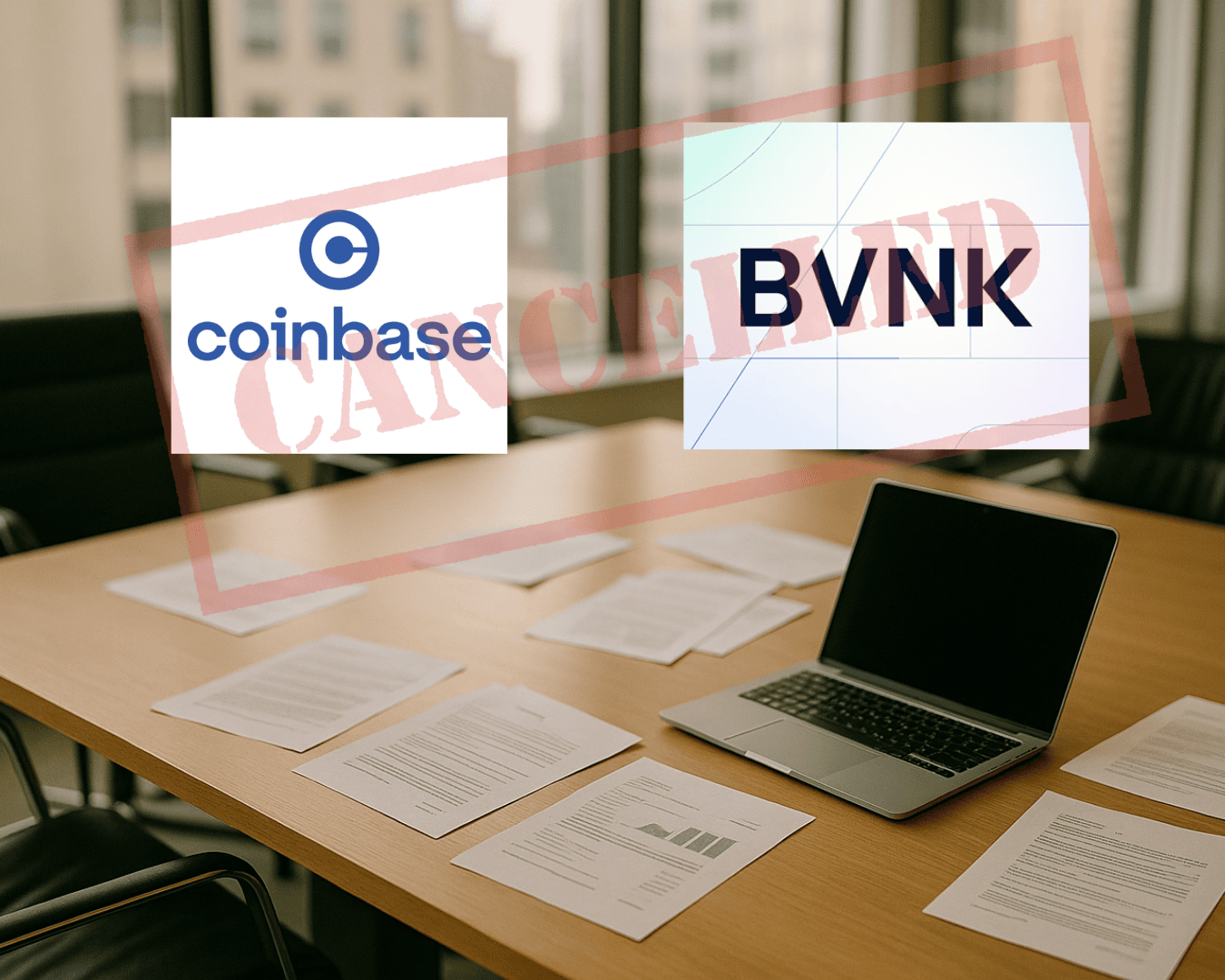









.png)

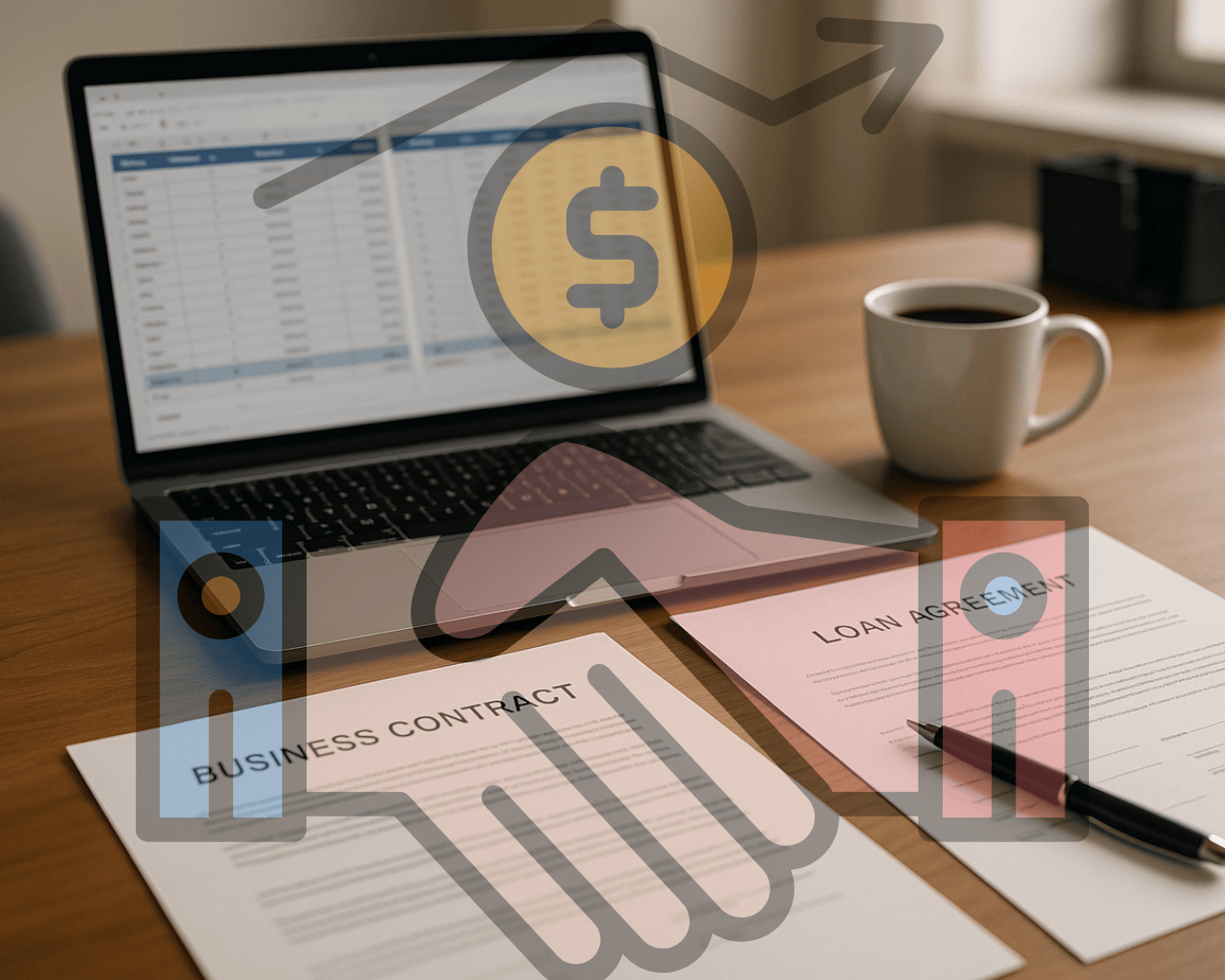


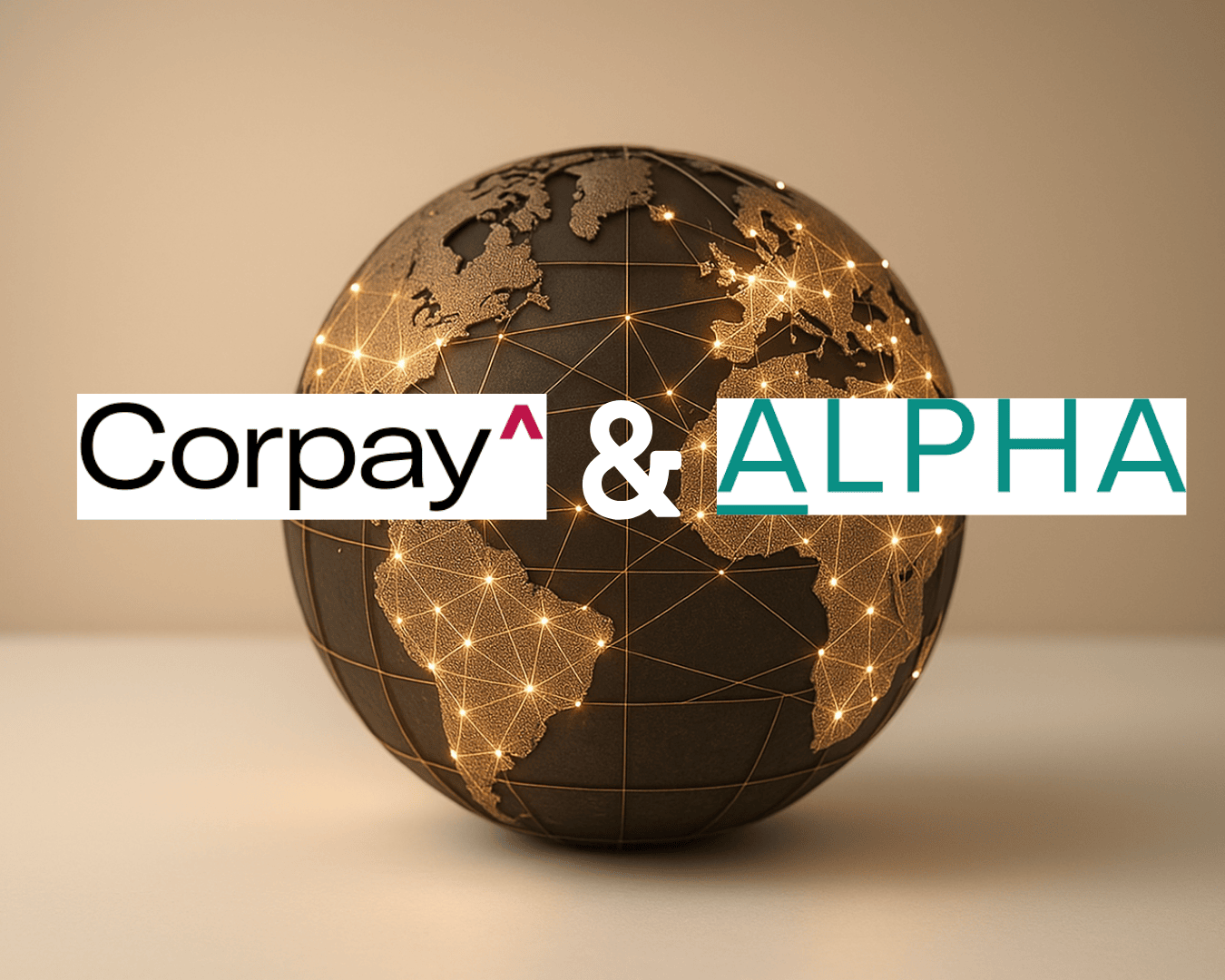

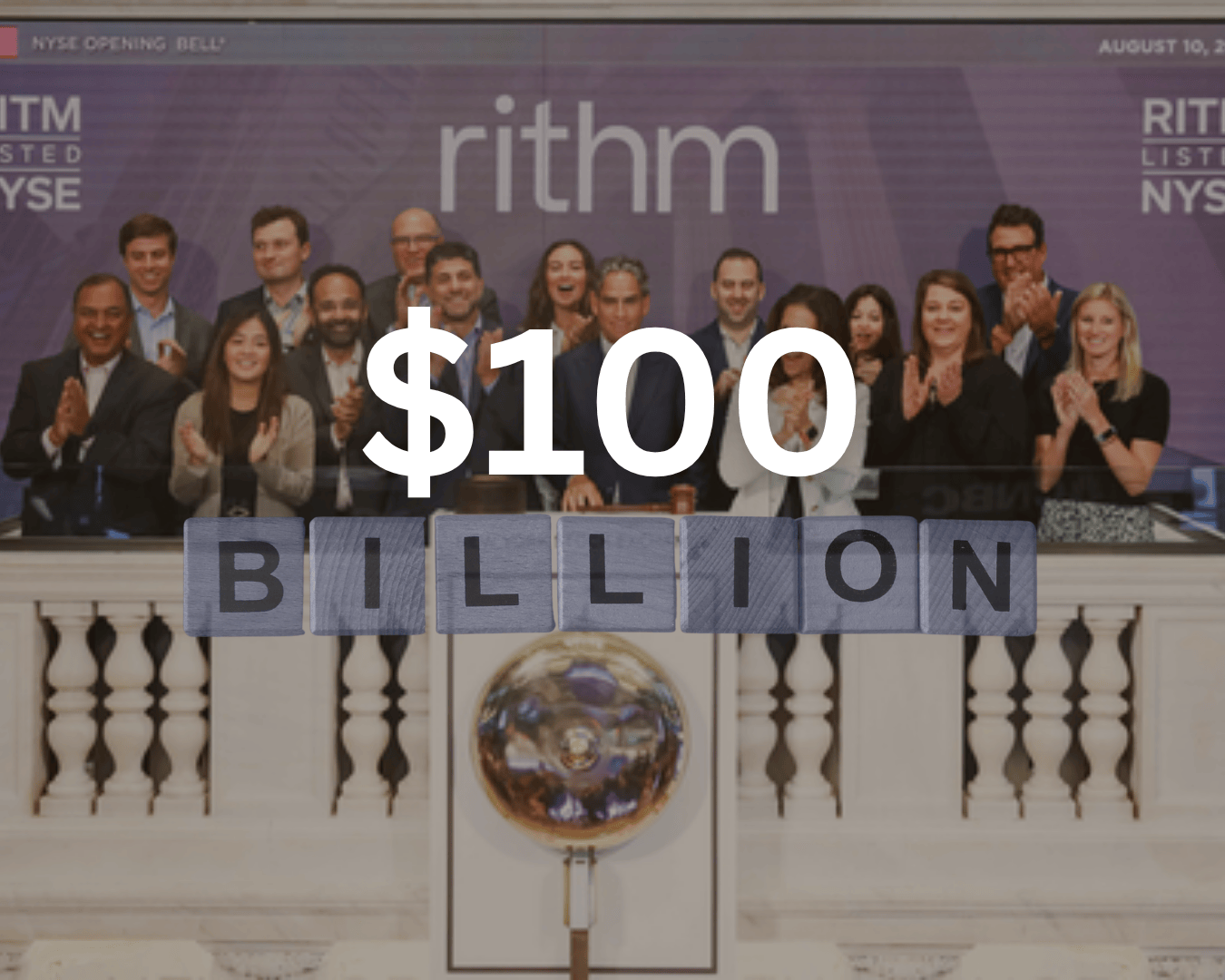



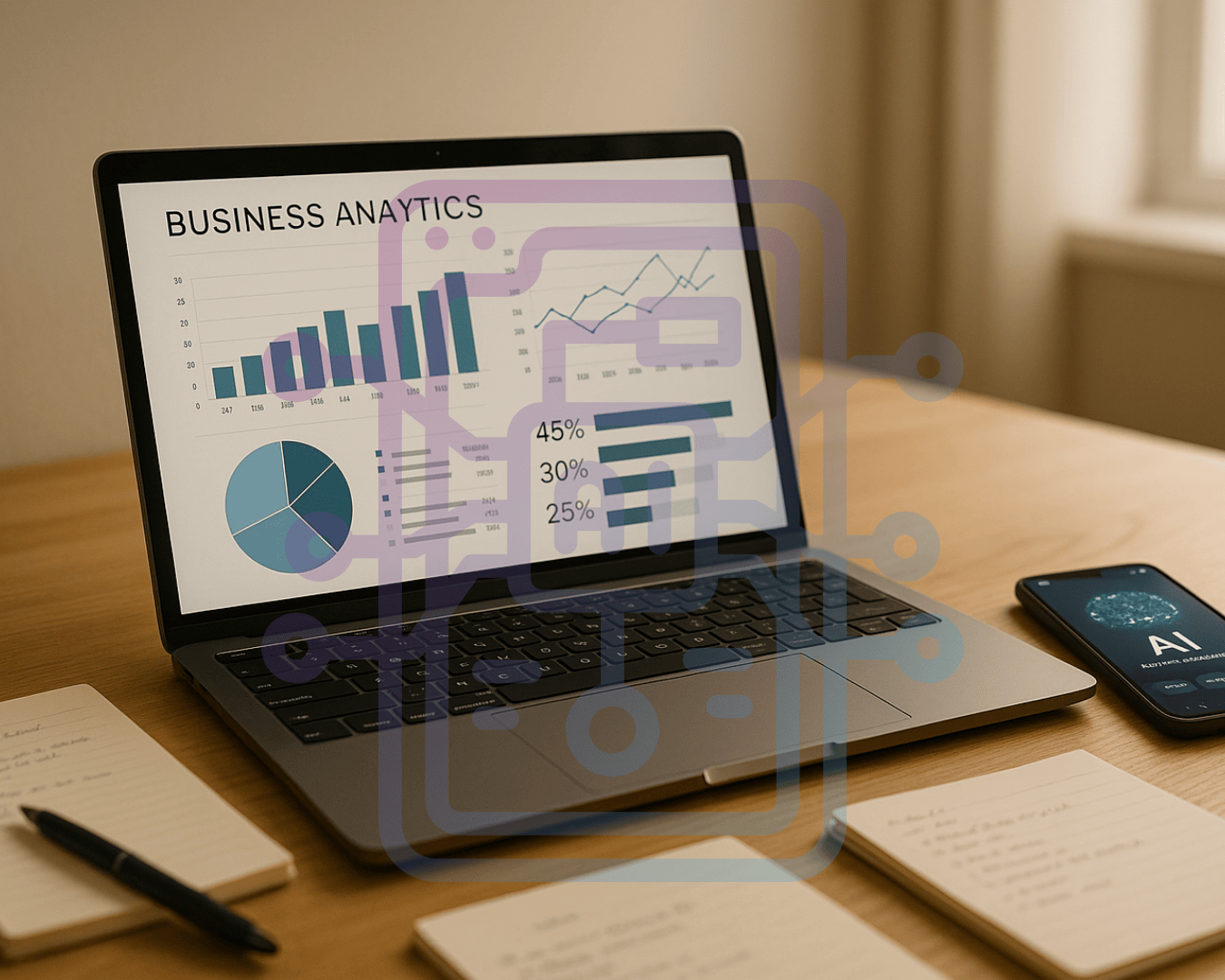






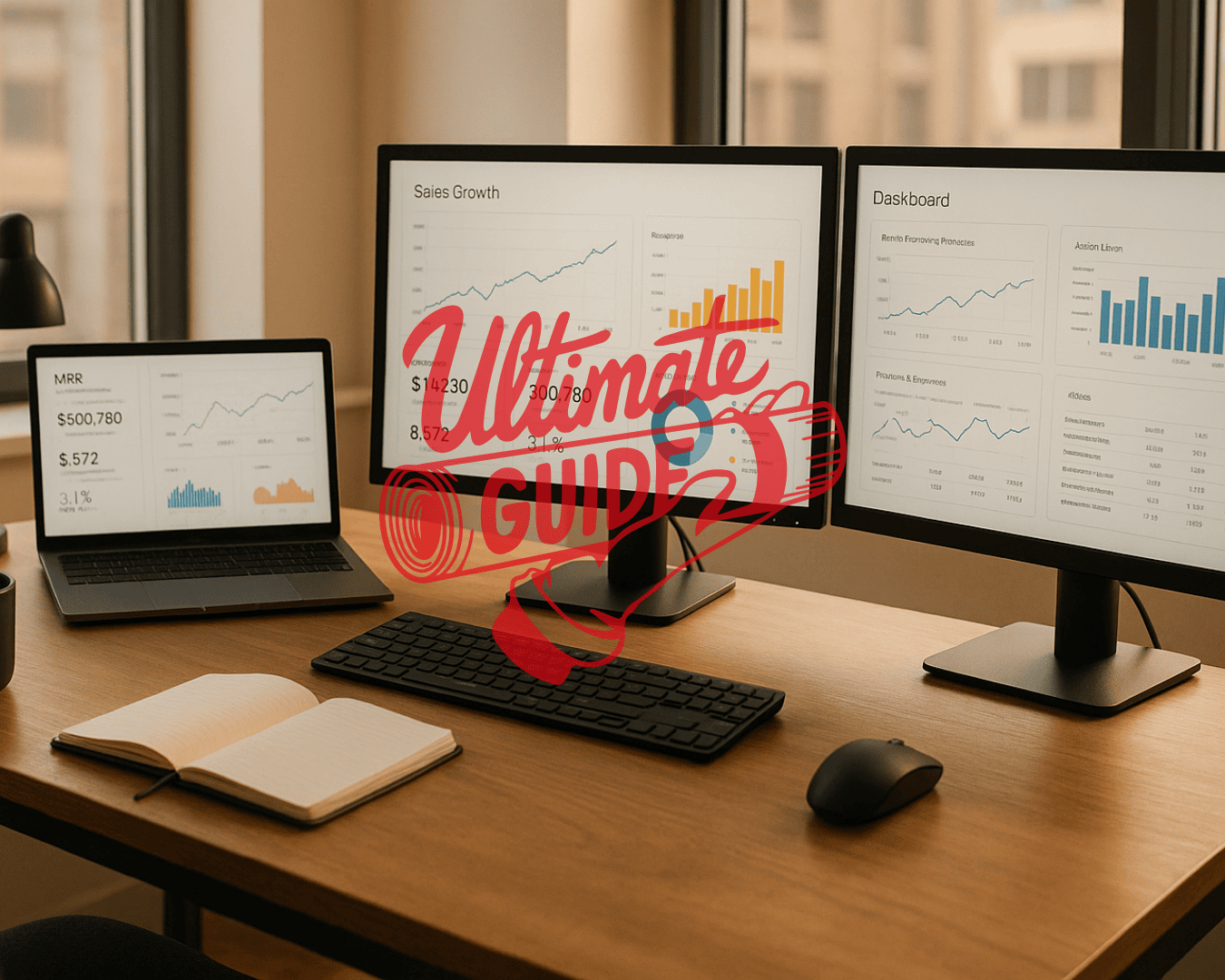




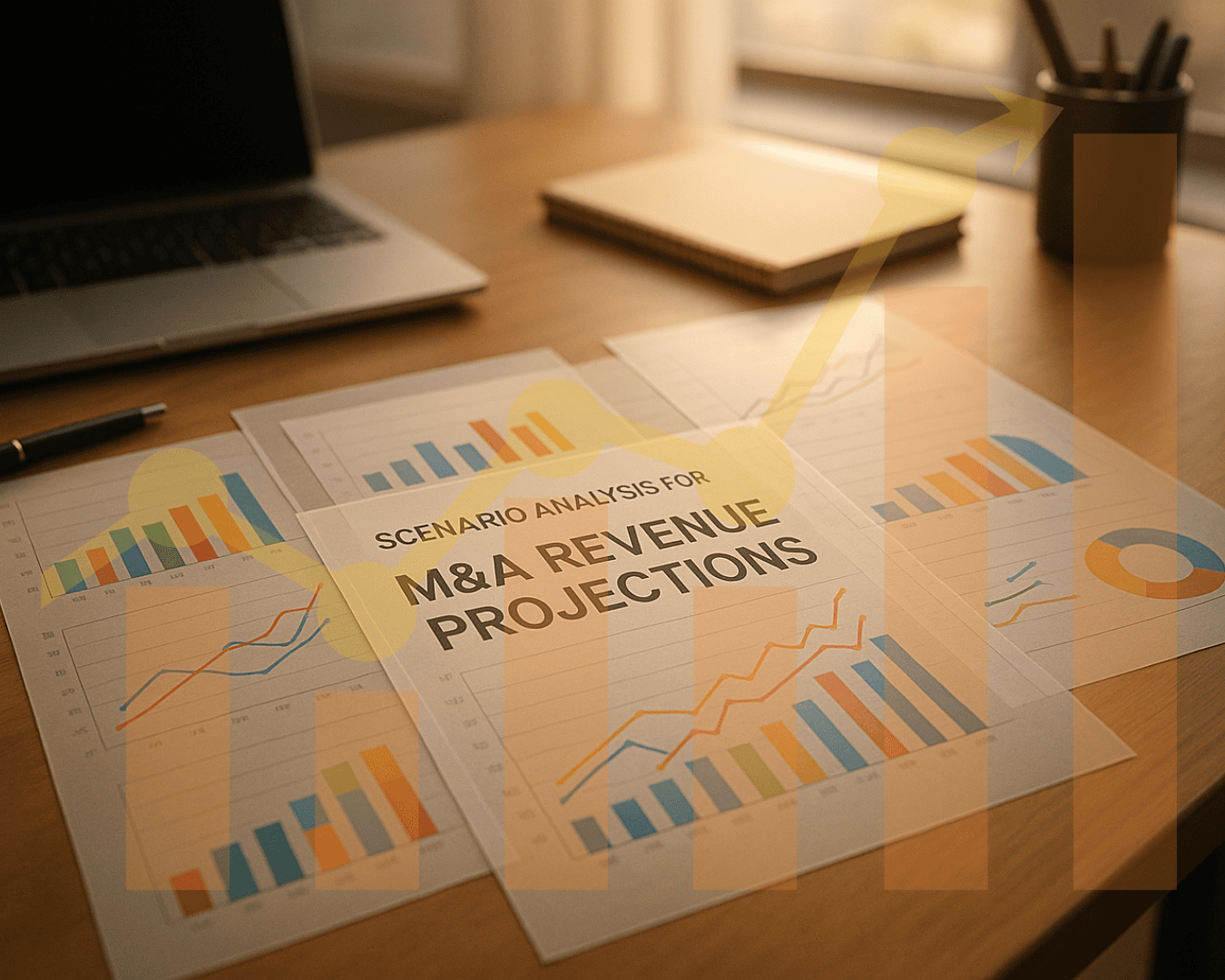





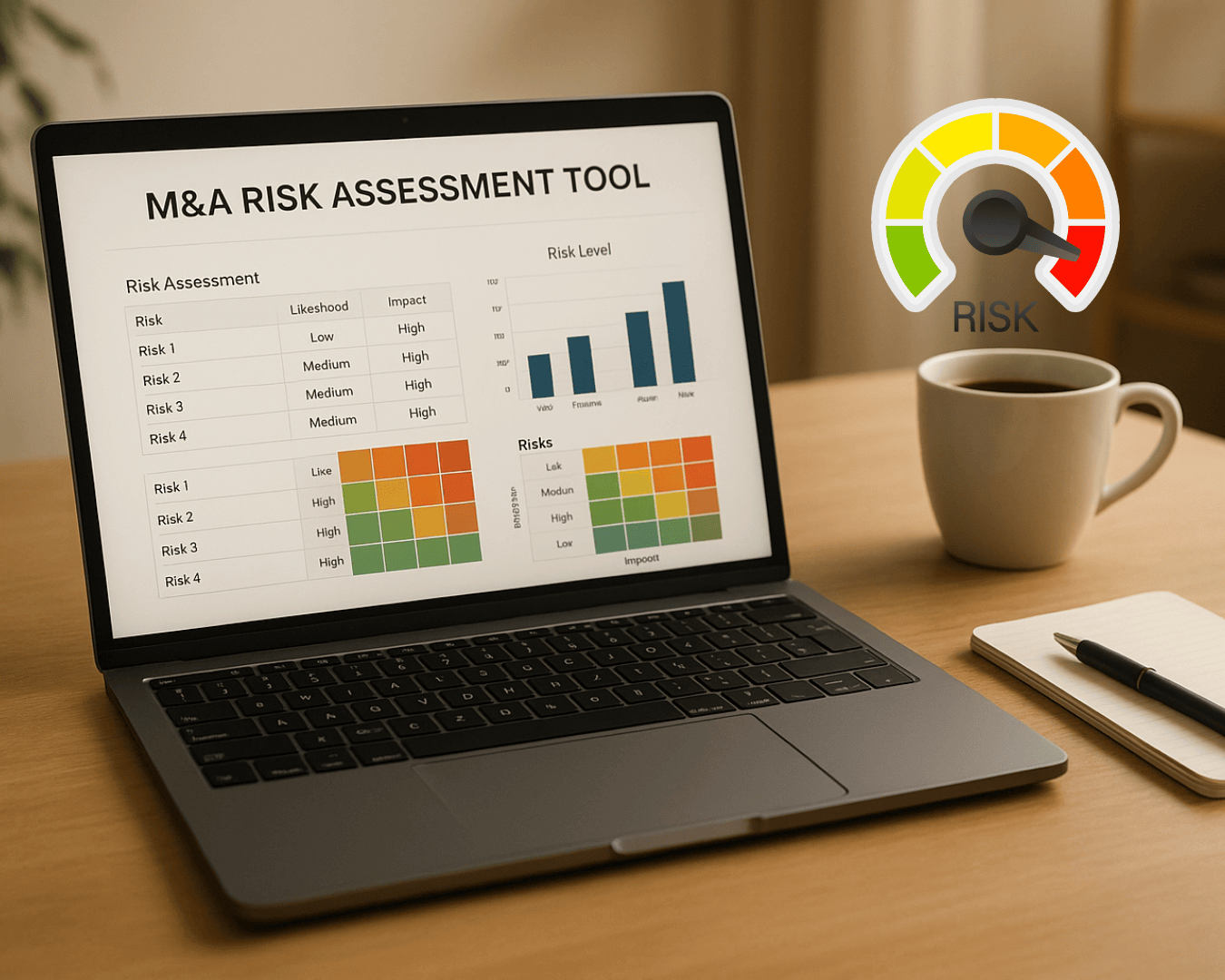

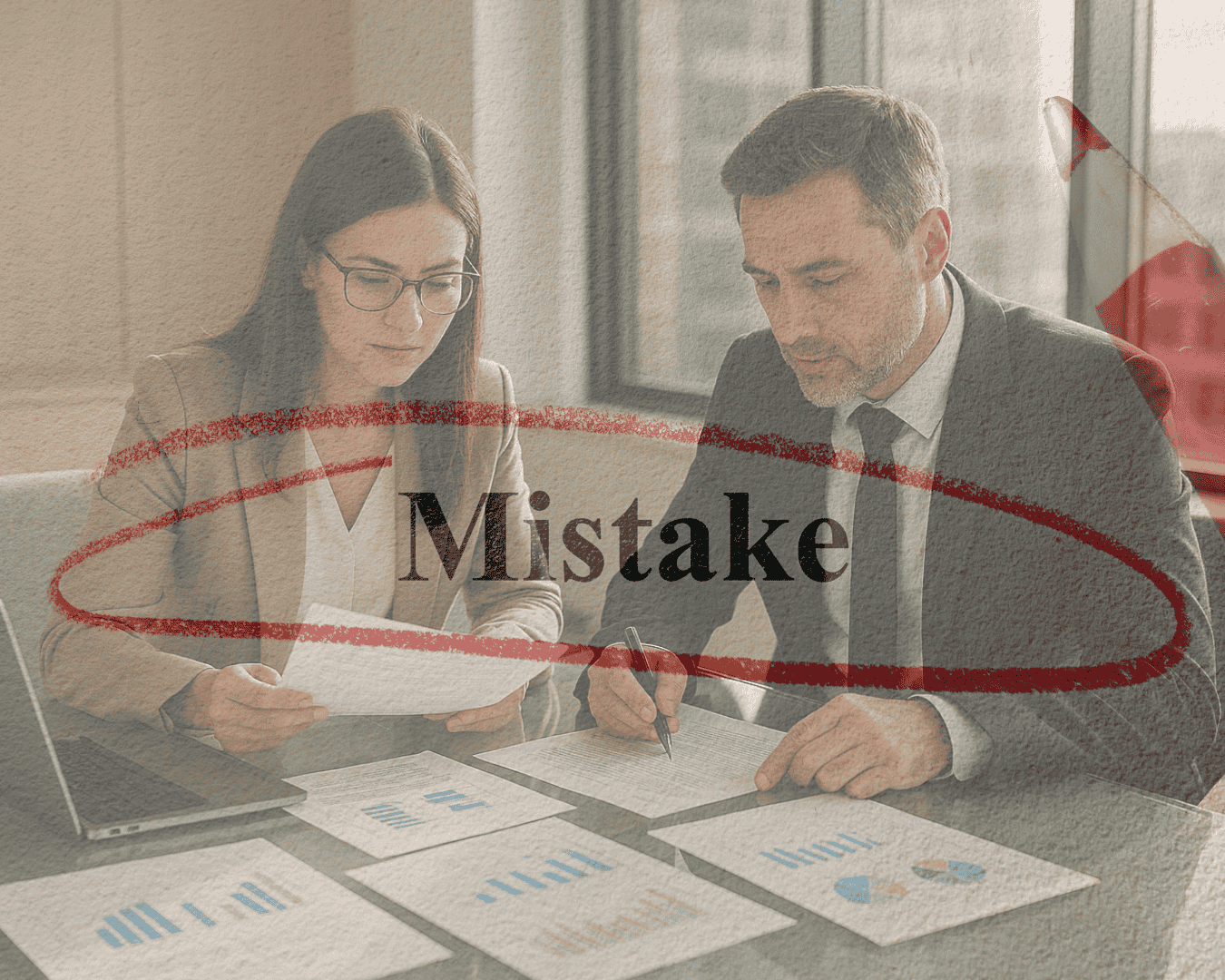









%20Loan%20Application%20Checklist.png)
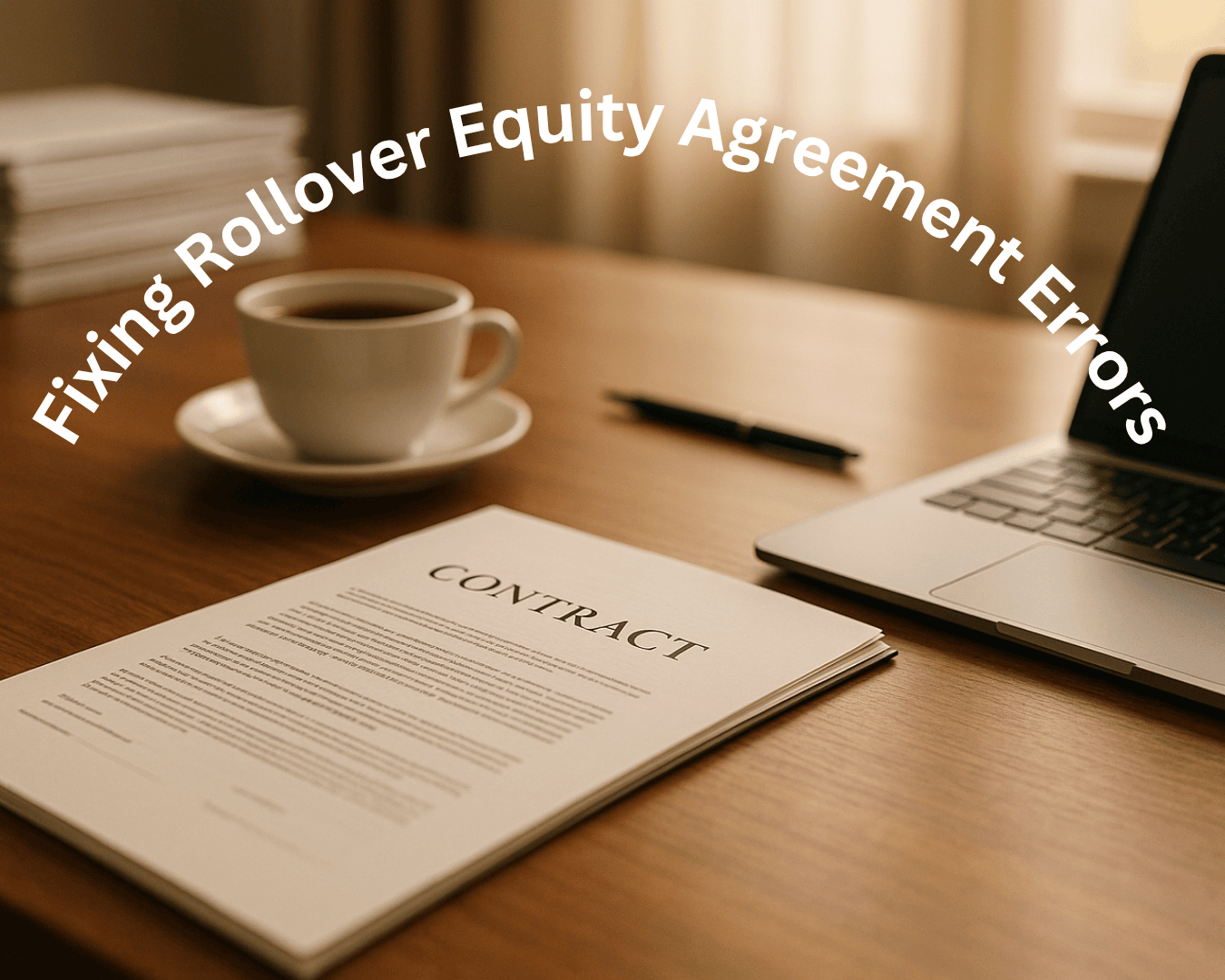
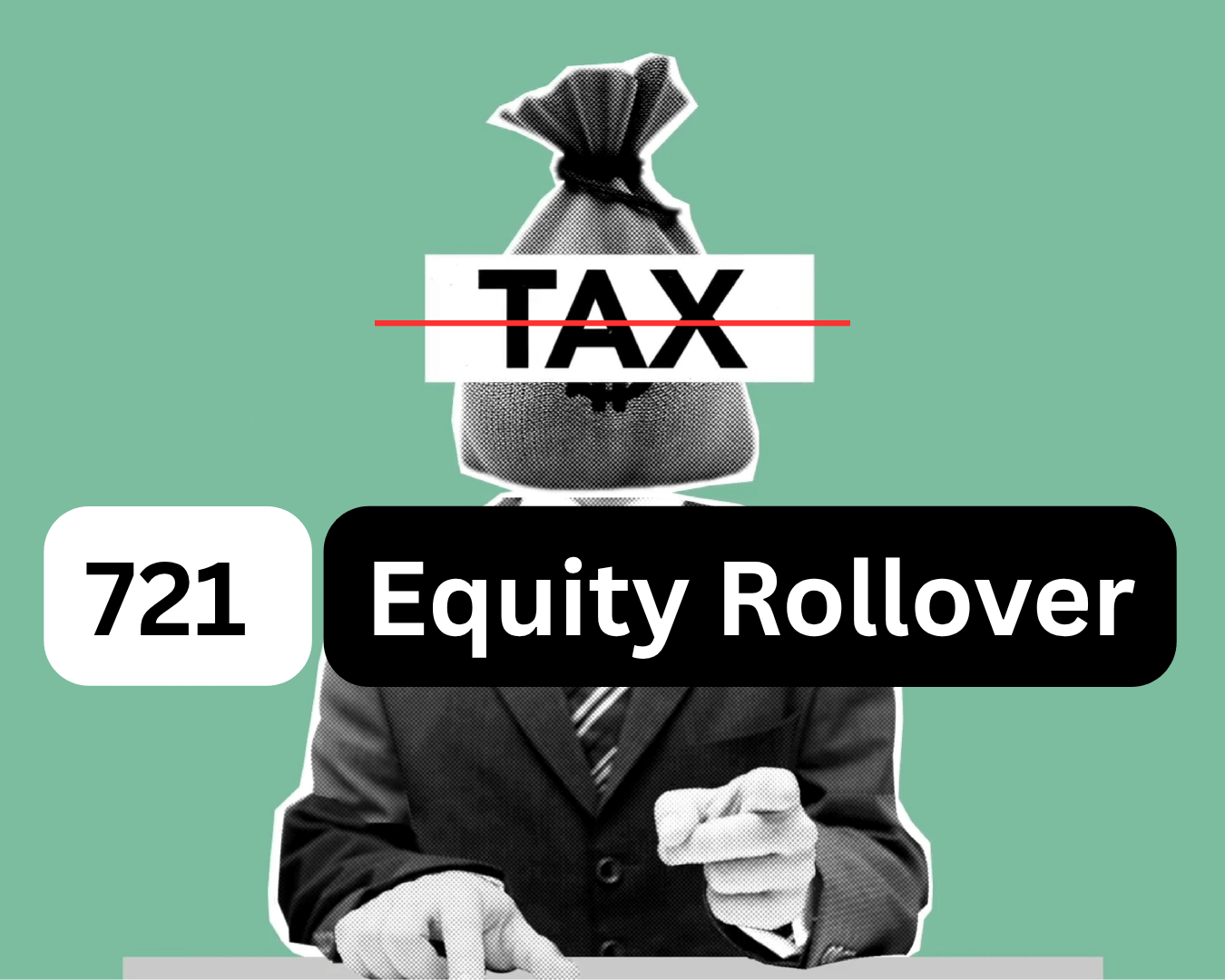









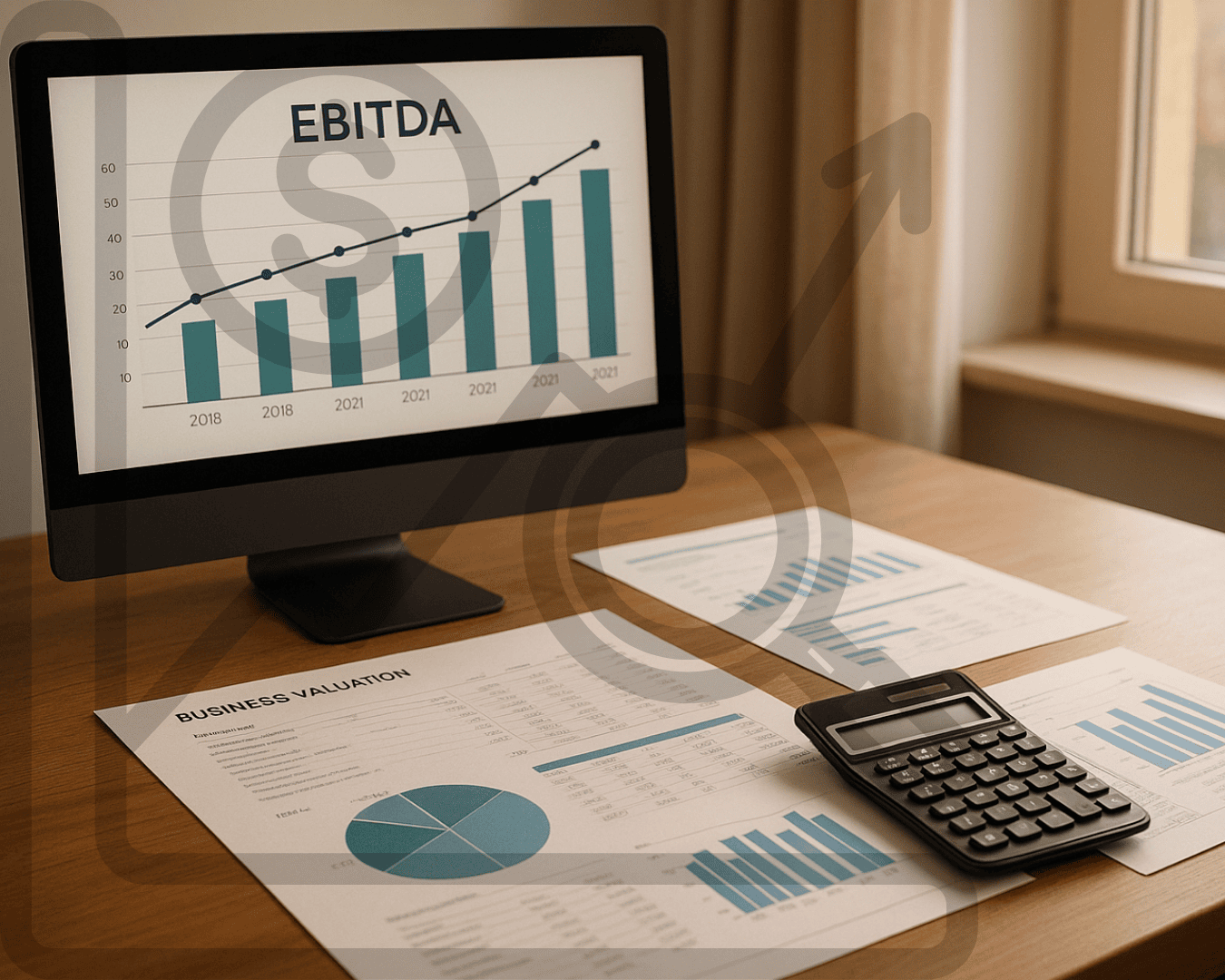





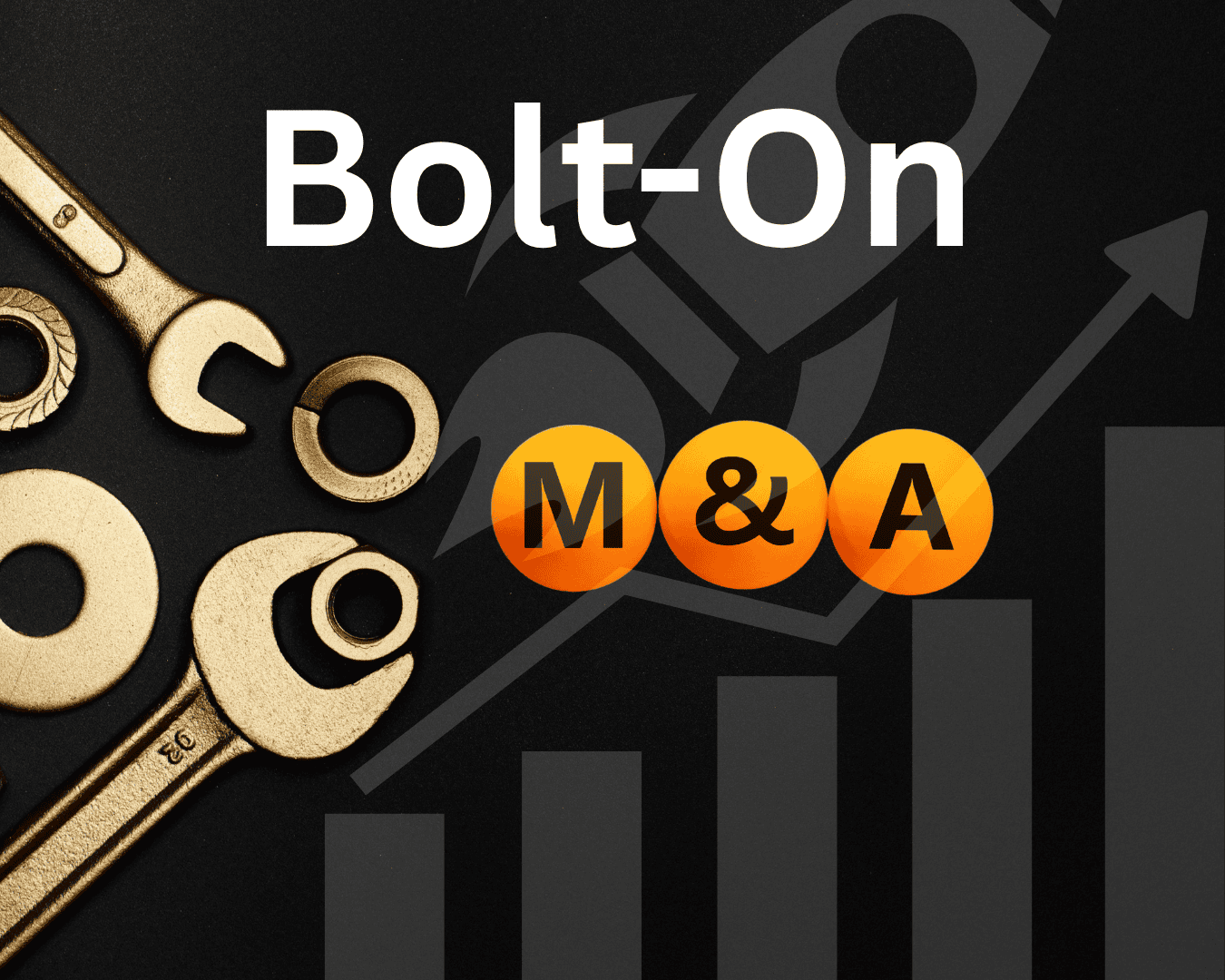










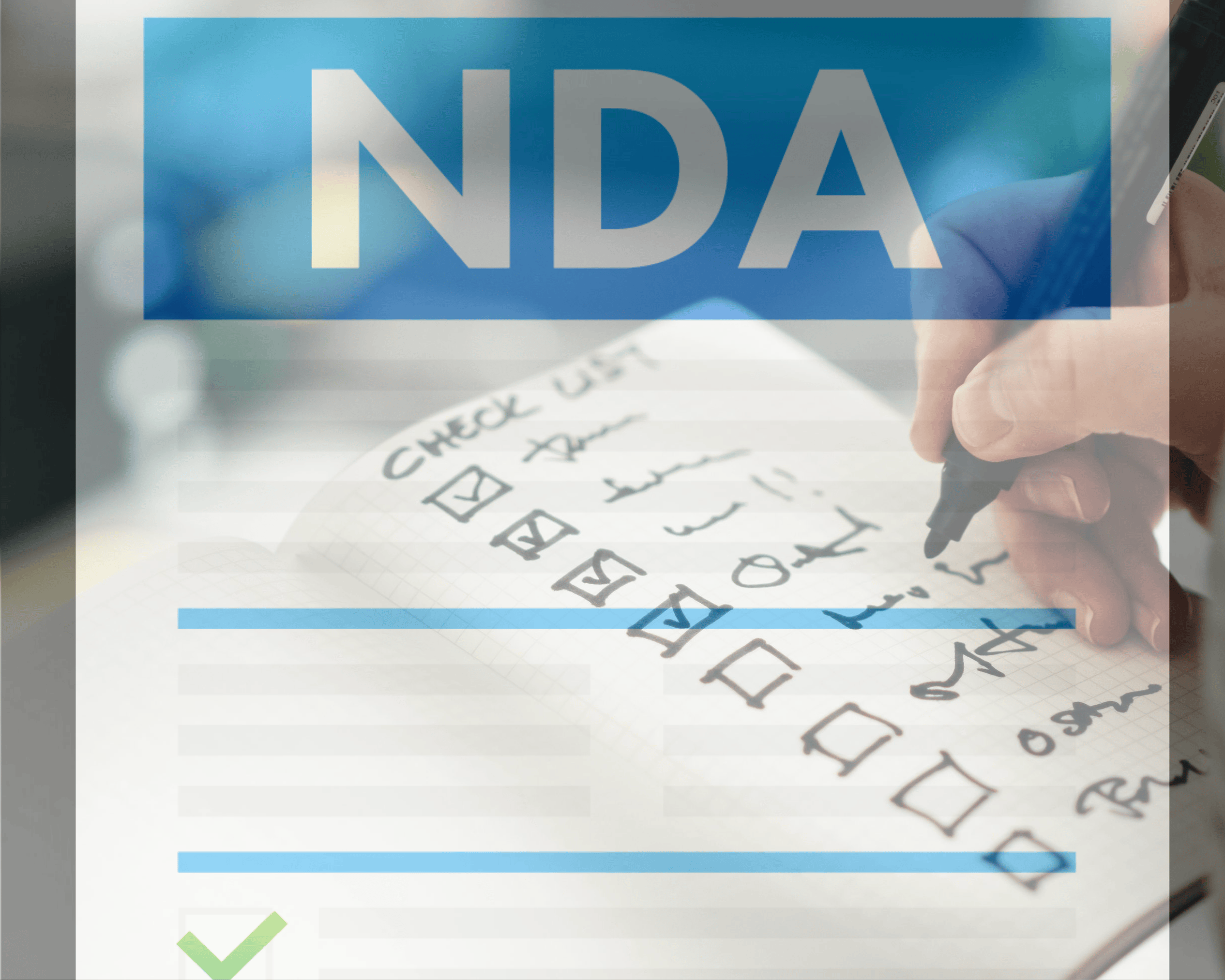

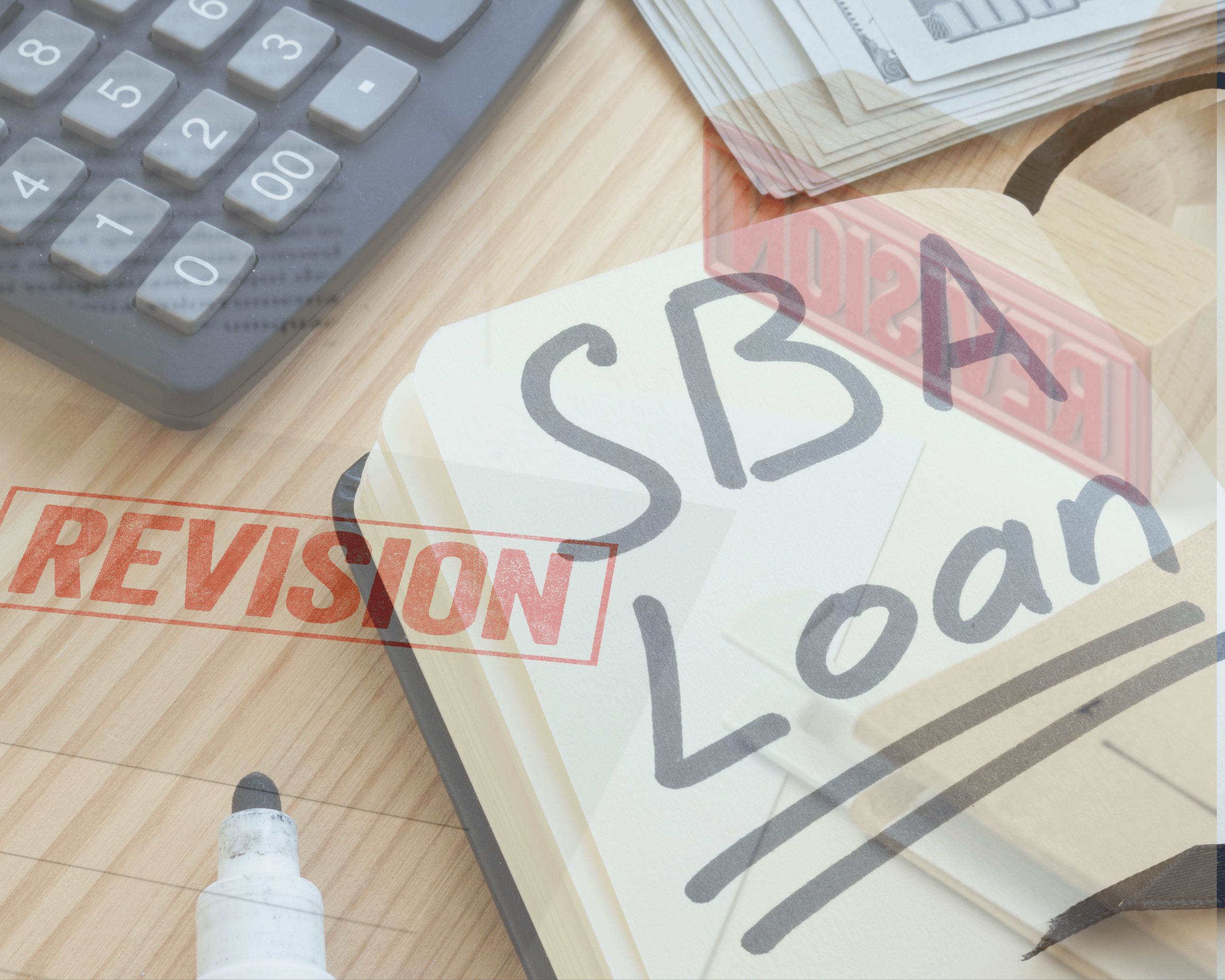








.png)
%20Loans%20%26%20Your%20Buy-Side%20Edge.png)



